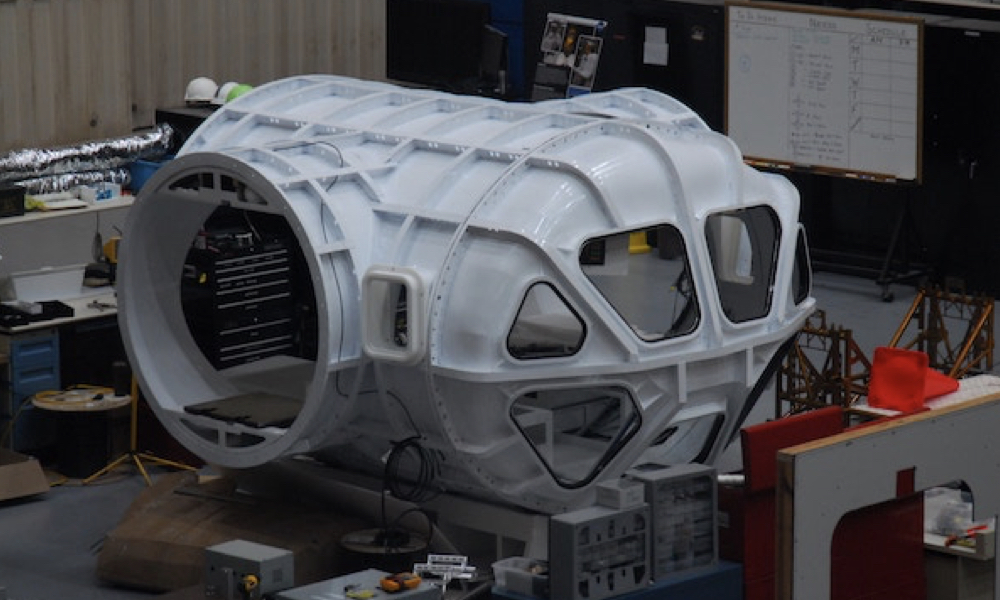
ESA Open Invitation To Tender AO8362
Open Date: 14/07/2015
Closing Date: 28/09/2015
Status: ISSUED
Reference Nr.: 15.1ET.19
Prog. Ref.: EOEP-4 Instr.Pre.Dev;EOEP-4 EO Prep. Acti;TRP
Budget Ref.: E/0091-E4 – EOEP-4 Instr.Pre.Dev;E/0092-E4 – EOEP-4 EO Prep. Acti;E/0901-01 – TRP
Special Prov.: BE+DK+FR+DE+IT+NL+ES+SE+CH+GB+IE+AT+NO+FI+PT+GR+LU+CZ+RO+PL+CA
Tender Type: C
Price Range: > 500 KEURO
Establishment: ESTEC
Directorate: Directorate of Technical & Quality Manag
Department: Electrical Engineering Department
Division: RF Payload Systems Division
Contract Officer: Erkelens-Sickinger, Franziska
Last Update Date: 14/07/2015
Update Reason: Tender issue
The Ka-band frequency (35 GHz) is becoming increasingly attractive for spaceborne remote sensing applications. Unlike other radar bands, the Ka-band enables the development of compact high resolution interferometric instruments and embarking the payloads on a single platform. This creates unique new opportunities in Earth observation science and civil security applications, for instance in monitoring the changing cryosphere, generating high resolution maps of ocean currents and ship and vehicle detection. A major obstaclein the development of Ka-band mission concepts is the absence of suitable reference datasets due to lack of airborne prototype instruments. The workshop „Ka-band Earth Observation Radar Mission” held in November 2012 at ESTEC explicitly recommended airborne campaigns to demonstrate applications, develop imaging techniques e.g. multi-baseline interferometry and test new technology. The objective of this activity will be the development of a compact Ka-band multi-baseline InSAR instrument airborne demonstrator including an in-depth characterisation of the instrument performance through rigorous testing. The work is therefore not limited to the font-end instrument, which would be severely restricted due to the fact that it is bound to a readily existing instrument installed on a specific aircraft, and will consider a full airborne instrument demonstrator. This instrument shall be transportable and suitable for the integration with on typical research aircrafts required for the application. It should be noted that the region intended for campaigns significantly determines the type and on-board installations required of the aircraft. With this approach the activity will serve the following needs: – the demonstration of Ka-band multi-baseline imaging techniques – the development and validation of technological solutions required for the effective operation of Ka-band instruments – the provision of a Ka-band instrument enabling the assembly and operation of a complete airborne prototype imaging payload – the delivery of Ka-band radiometric data through a dedicatedairborne campaign. Through dedicated measurements the activity will provide timely inputs regarding the design of future Ka-band spaceborne systems, mission design trade-offs including technological ones, stimulate the development of new application areas and enable the prototyping of products. The dedicated flight campaigns are not part of this activity as these are expected to be funded through separate EOP budget lines. During this activity a transportable Ka-band instrument shall be designed built and tested consisting of: – Ka-band radar front-end – The data collection unit (back-end) – The on ground data processor to create the science data. The activity consists of the following elements: – Instrument definition based on identified applications – Related system engineering(e.g. antenna concept trade, incidence angle trade) – Instrument design – Parts procurement and instrument manufacturing – Instrument testing and verification – In-flight testing – Airborne instrument certification, Ka-band InSar-Instrument and associated documentation such as Instrument definition, Engineering documentation, User manual, Instrument design report, Instrument test plans, test procedures and test and verification reports, Certification documents
If you wish to access the documents related to the Invitation to Tender, you have to log in to the ESA Portal.
